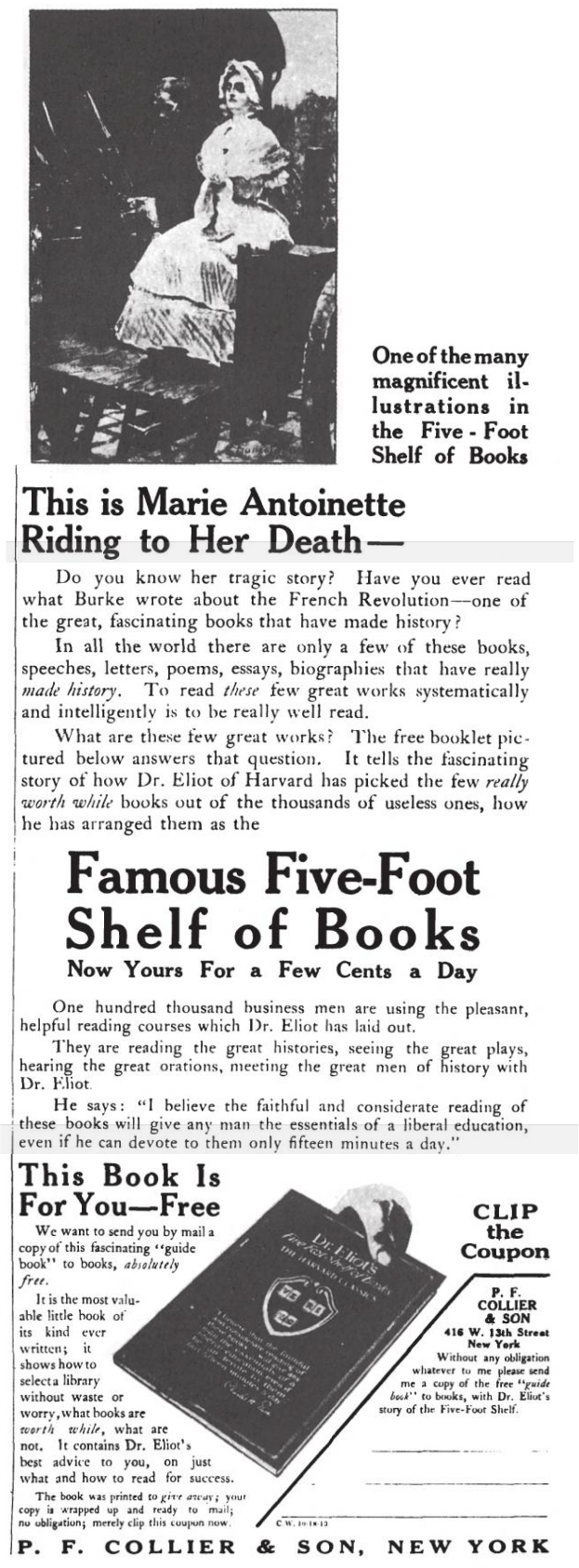A while back, copywritress Liza Schermann, whom I’ve promoted in this newsletter as somebody who writes interesting, funny, and — I’m ashamed to say this — even sexy emails, went through my Copy Riddles program.
Liza had this to say about it:
“The entire course is an a-ha moment. Because you see these things from other copywriters or you read other copy, but you don’t see what’s behind it or why it’s working. Your course shows what happens behind the scenes.”
As an example of that, consider another revealing thing Liza told me:
This summer, she went through Copy Riddles for a second time as a refresher.
She applied the bullet lessons in Copy Riddles to a rewrite of an email launch sequence for a client. The client sent out this rewritten email sequence to an already spent list, promoting the same tired offer, for a second run of this launch, and—
Ended up making NOT just a few extra sales from that spent list and tired offer…
NOT just matching the sales she made the first time around…
But actually making 150% of the money she made during the first launch, when the list was entirely fresh!
As a result, Liza says, the client “was over the moon. So much so that she recommended me to a friend of hers who also has a language course.”
Incredible! Amazing! A miracle!
Well… about that.
It turns out the reality is a tad more murky. Liza told me that for this second launch:
– The price tag for the offer increased, and
– The list was significantly larger than the first time around, and yet,
– The client actually made fewer sales than first time, though the total money was more.
So was that second launch actually a success or no? And if it was, did Liza’s new copy, and her time inside Copy Riddles, have anything to do with that 150% of money made?
If you ask me, money made is more important than number of sales made. And fewer customers at a higher price are better than more customers at lower price.
Also, having seen Liza’s rewritten emails before and after, I personally believe that the “after” was stronger and contributed to that extra 50% in money made.
Whatever the case, here’s the behind-the-scenes point:
Imagine if I had cut off this email at “Incredible! Amazing! A miracle!”
Imagine I had dropped all that murky stuff about price increases and a larger list.
Imagine if I had simply kept the picture sharp and clear and said, “… and that kind of smashing success, ladies and gentlemen, shows the power of Copy Riddles, which you can invest in today for the low, low price of…”
The fact is, that’s exactly what happens in copy all the time.
You don’t see all the facts behind the copy. You don’t see what the copywriter chose to omit, and you don’t see how he patiently twisted, polished, and positioned what he allowed you to see.
You might say that’s despicable or dishonest to hold back the whole, naked truth.
But to me it’s the essence of what copywriting is — creating a calculated perception, a gloss, a heart-pumping response. And yes, that’s true even in cases like my email today, where I’m making a seemingly transparent reveal and “taking you behind the scenes.”
Anyways, if you want interesting, funny, and — there’s that word again — even sexy emails for your business, you can try to hunt down and hire Liza. She has my full endorsement. And she might be taking on new clients, though I can’t say for sure.
On the other hand, if you write your own copy, or if you want to work with clients who pay you to write copy for them, then you might want to get on my daily email list, and experience more copywriting a-ha moments than you would ever believe possible. If you’re interested, click here and fill out the form that pops up.

